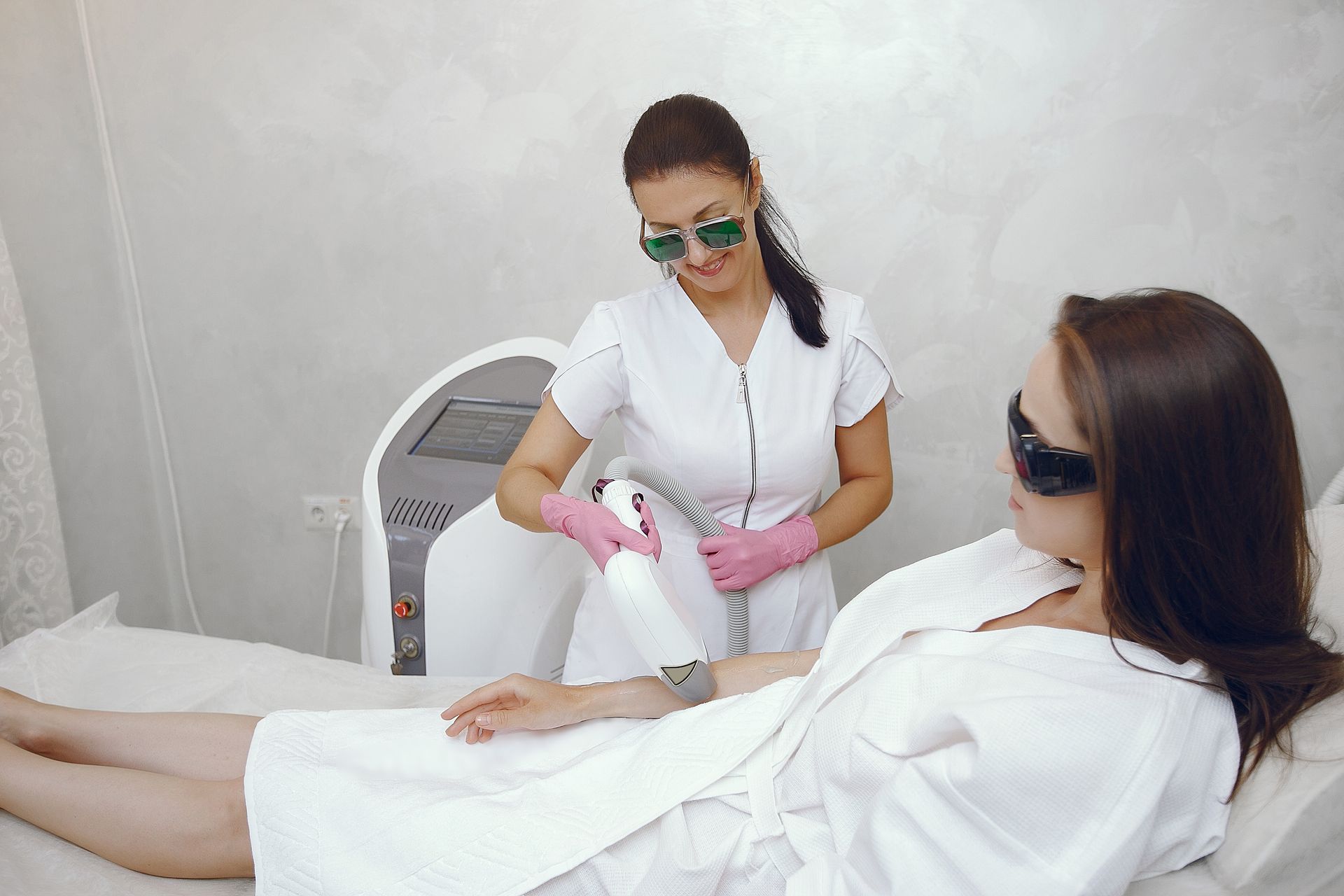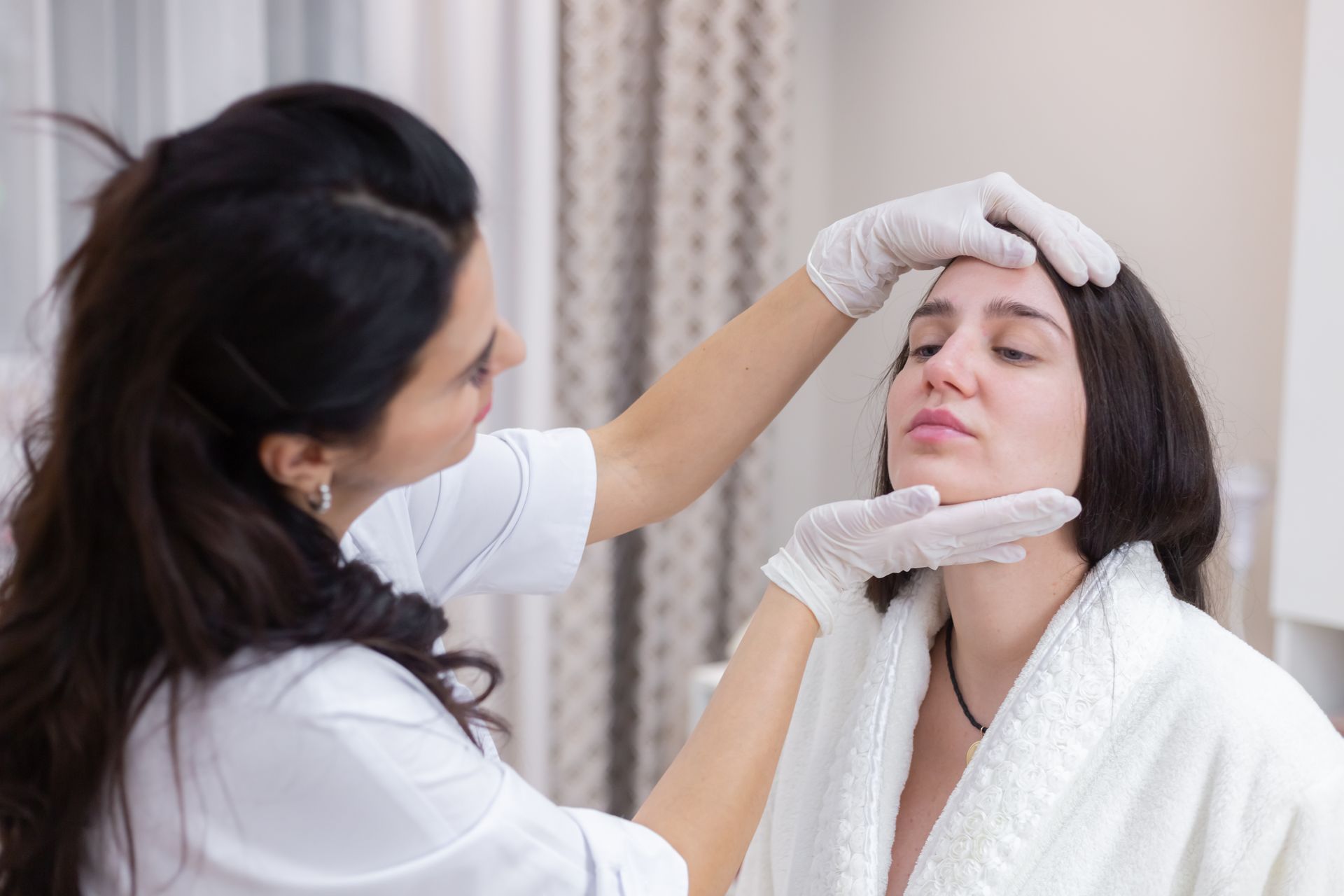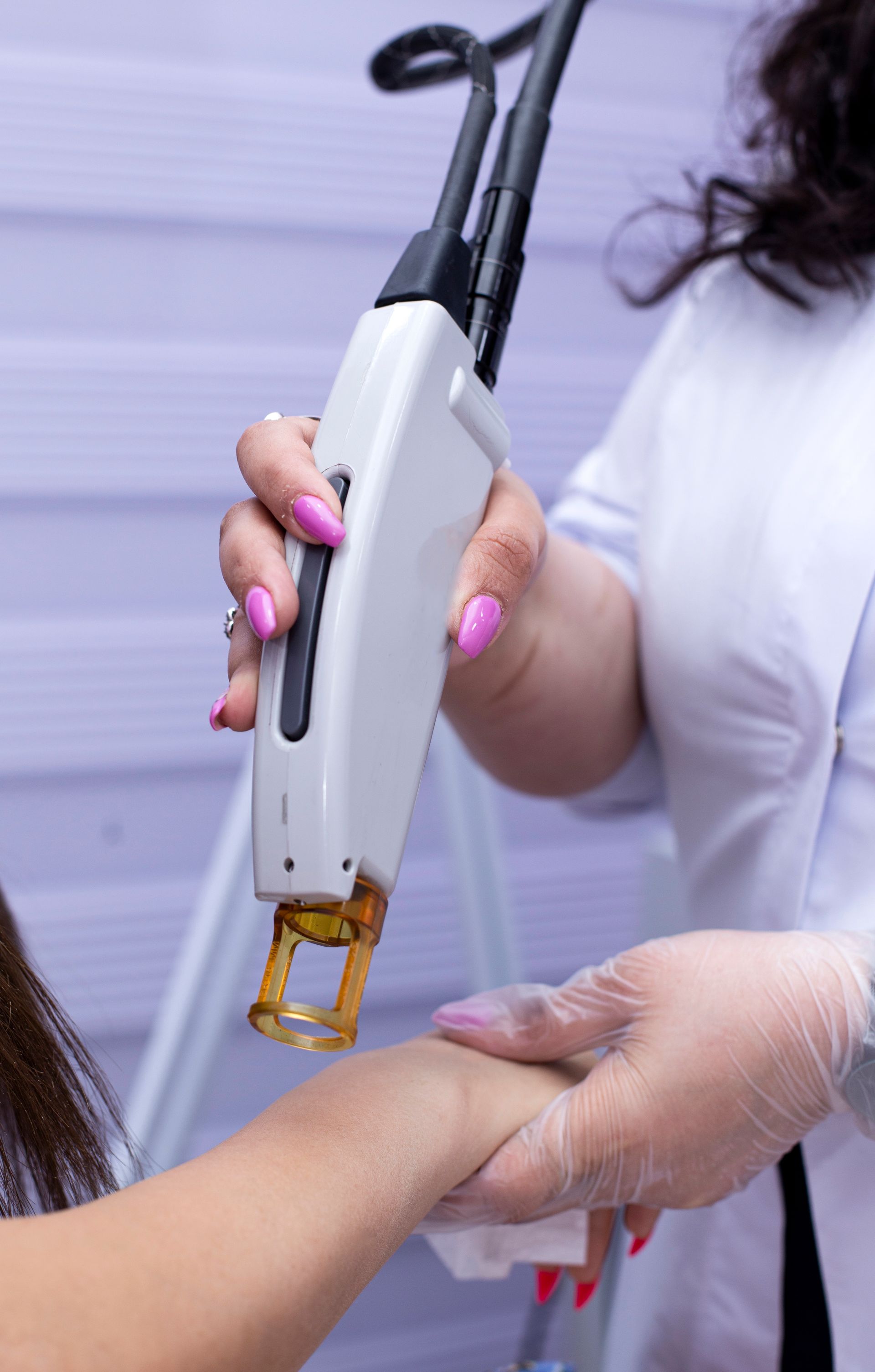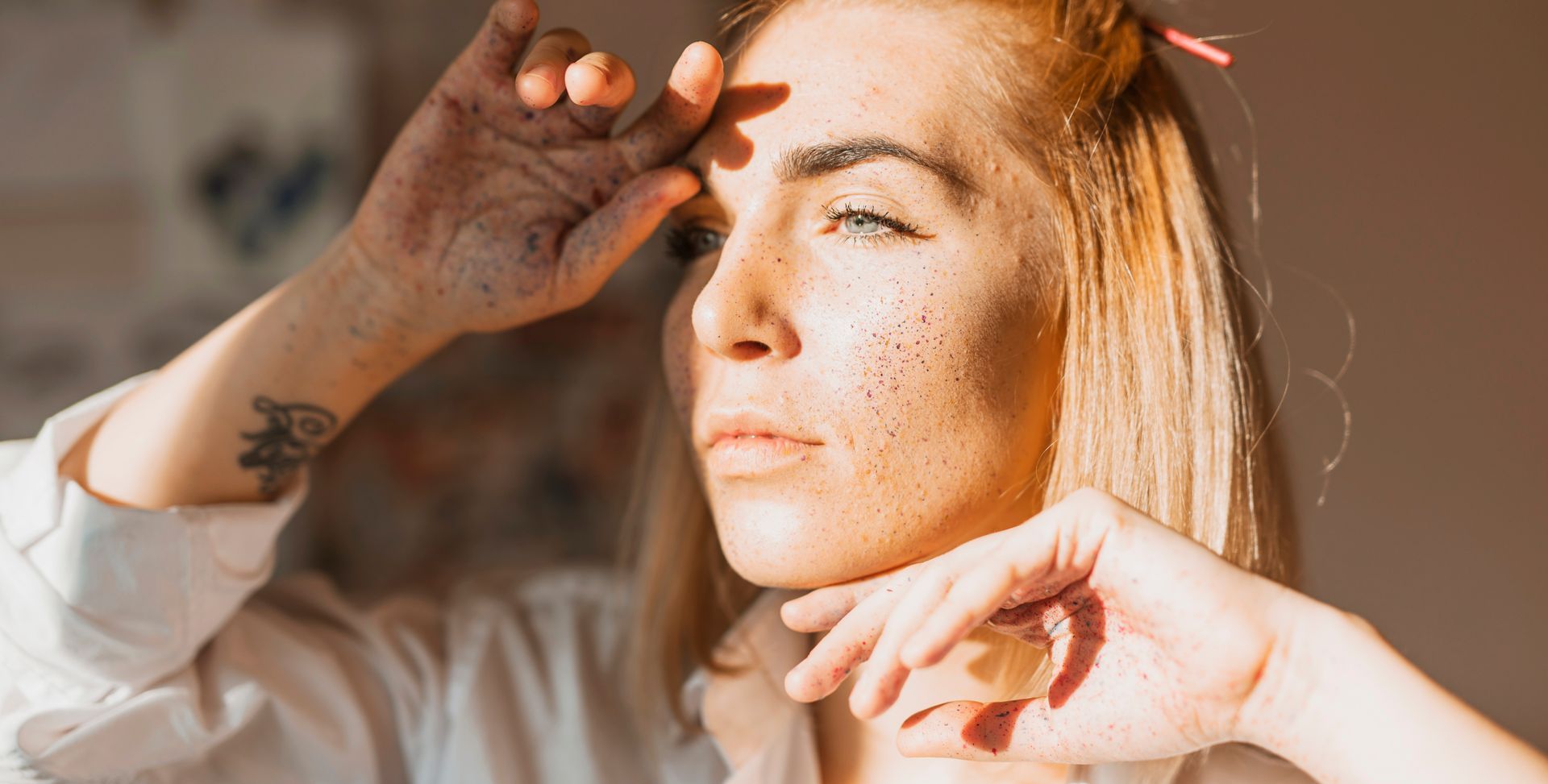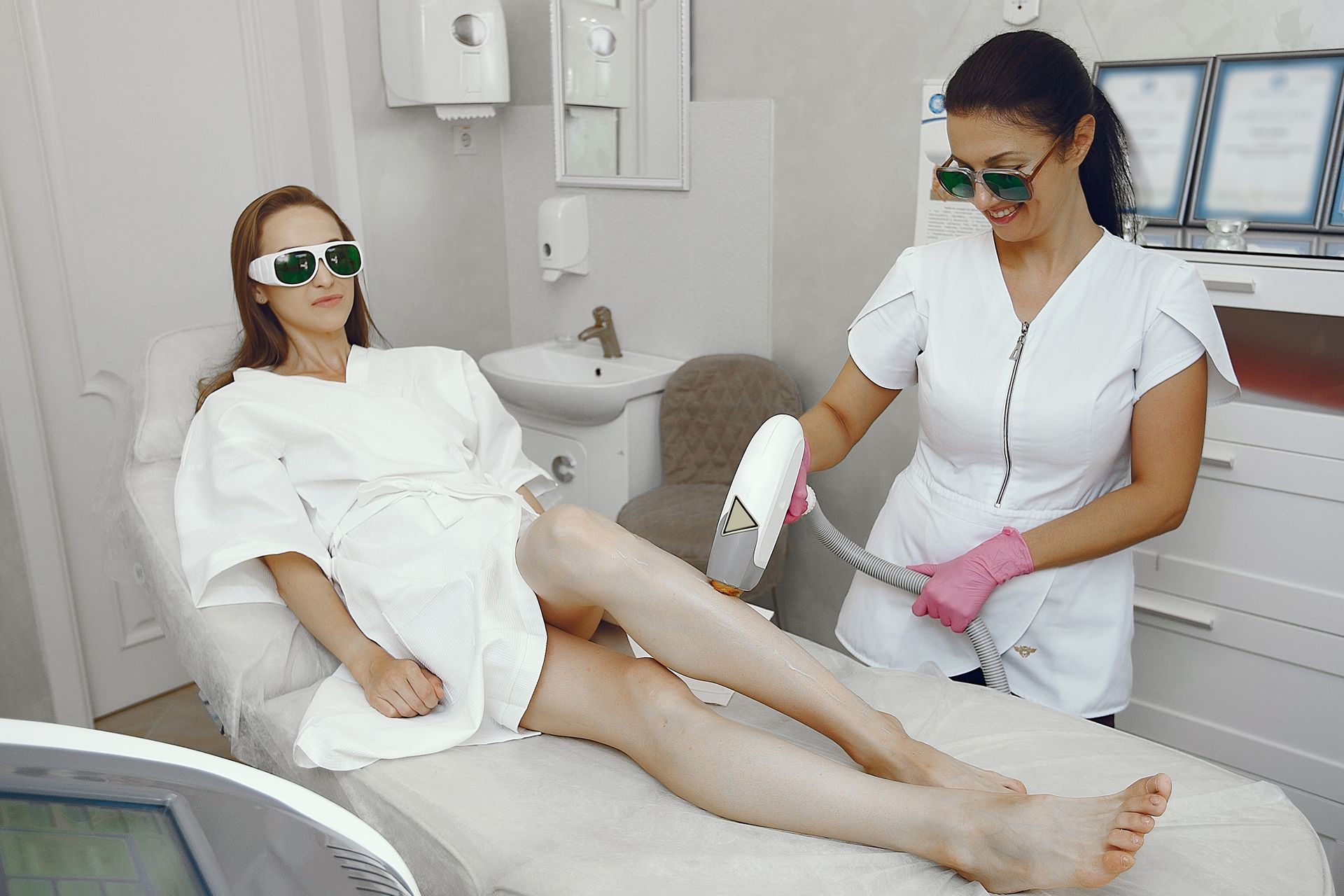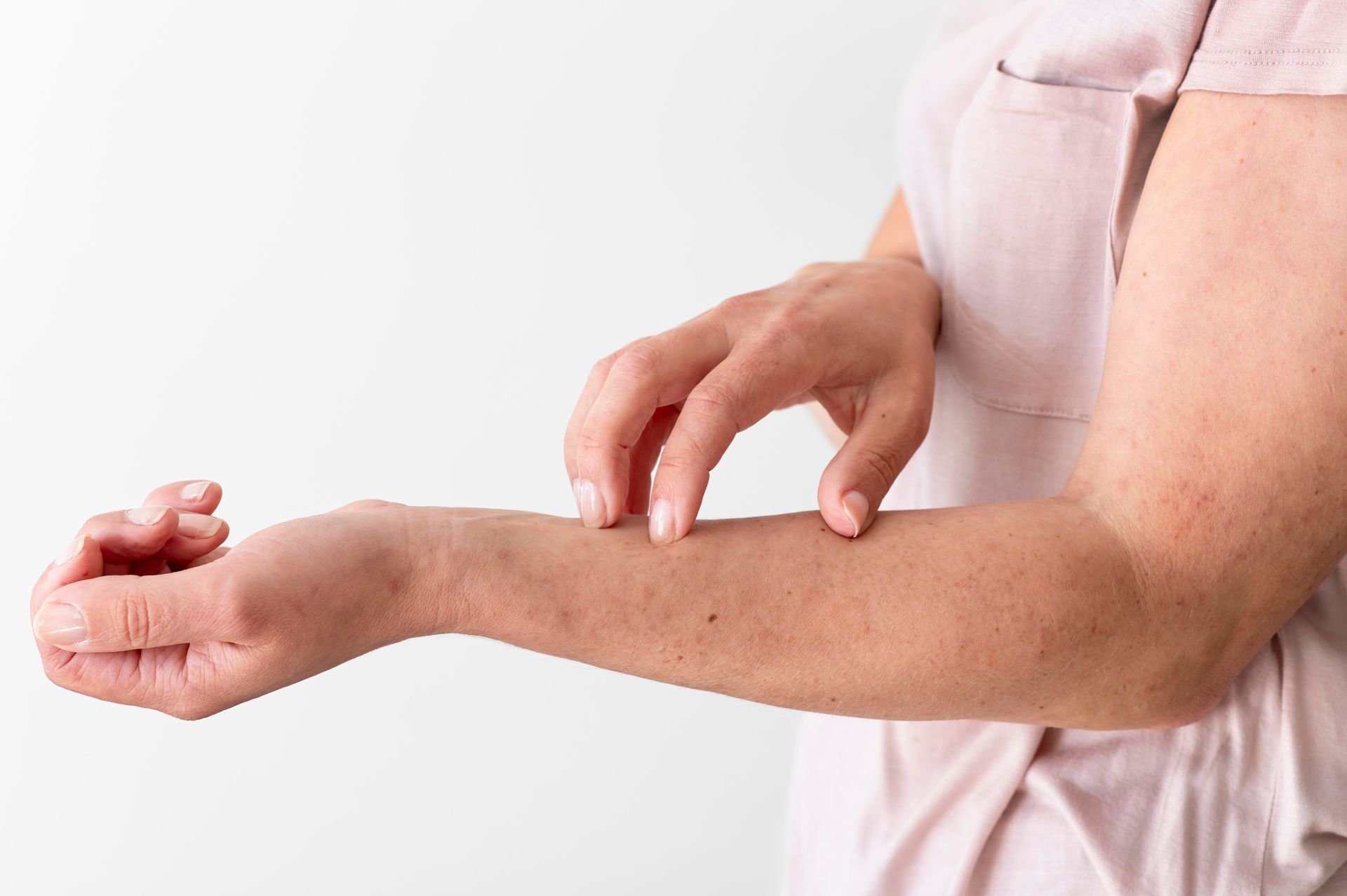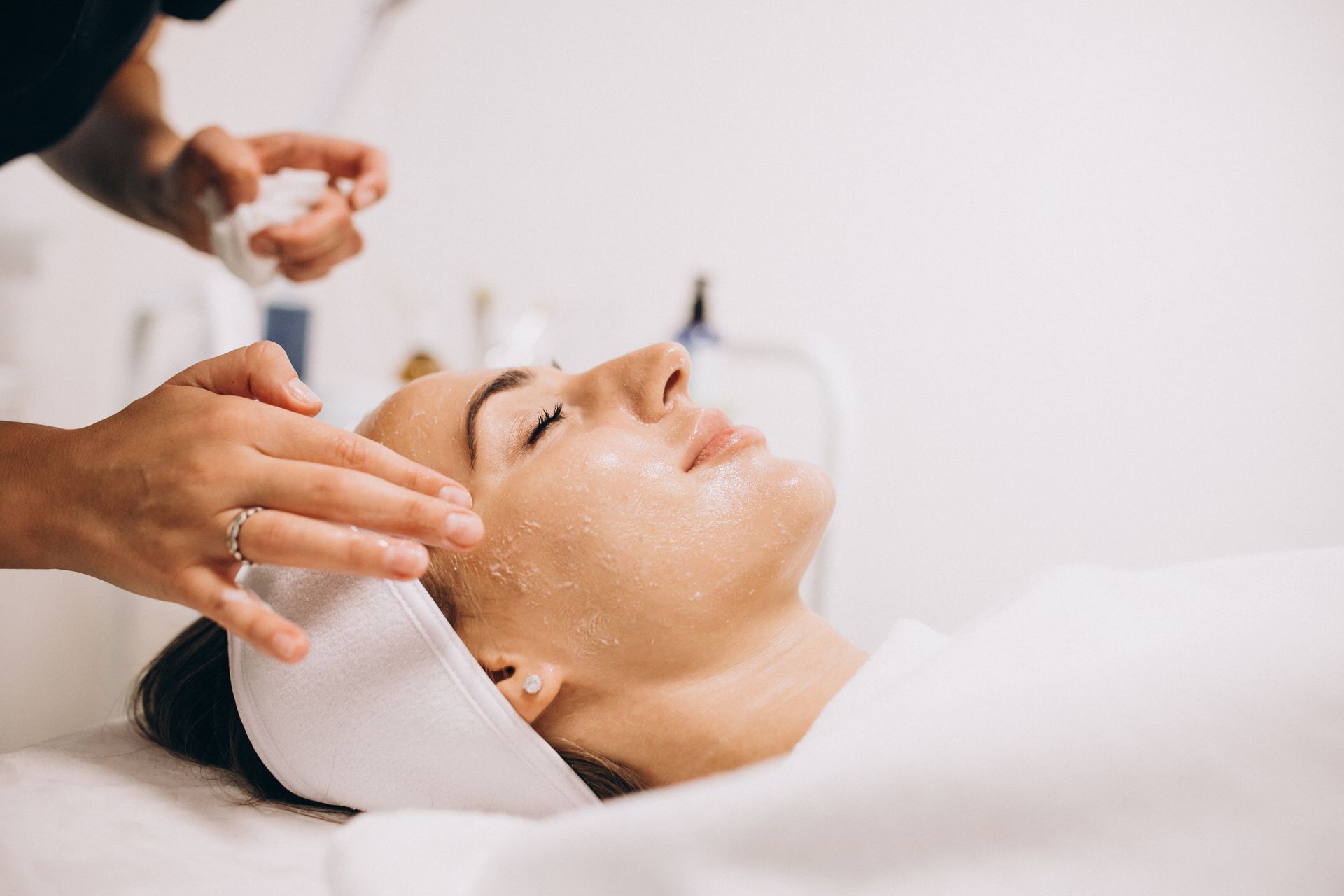Can You Use At-Home Laser Hair Removal on the Face?
Facial hair can be stubborn and frustrating, especially when it grows in places you’d rather keep smooth—like the upper lip, chin, sideburns, or jawline. Laser hair removal offers a long-term solution, but visiting a clinic for professional treatments isn’t always convenient or affordable. This has led many people to consider at-home laser hair removal devices as an alternative.
But is it safe to use these devices on the face? Do they really work? And what should you know before trying them? Let’s break it all down.
How does laser hair removal work on face?
How At-Home Laser Hair Removal Works
At-home devices generally use intense pulsed light (IPL) or low-energy diode laser technology to target the melanin in your hair follicles. Like professional machines, the goal is to heat and disable the follicle so it eventually stops growing hair.
The big difference? At-home devices are much less powerful than the ones used by trained professionals. That’s intentional, to reduce the risk of burns, pigmentation changes, and irritation in untrained hands.
Is It Safe to Use on the Face?
Yes—but with conditions. Most at-home laser hair removal devices are approved for use on below-the-cheek areas, such as:
- Upper lip
- Chin
- Jawline
- Neck
The eye area and eyebrows are strictly off-limits due to the risk of severe eye damage. Even using protective goggles isn’t considered safe when operating a device that close to the eyes.
Always read the manufacturer’s guidelines carefully before using a laser hair removal device on your face. If your skin is sensitive or prone to hyperpigmentation, speak to a dermatologist before trying it.
Do At-Home Laser Devices Work on the Face?
They can work—but results take patience, consistency, and realistic expectations.
Most users start seeing results after 3–4 sessions, with noticeable hair thinning and slower regrowth. However, complete hair reduction typically takes 8–12 sessions, spaced one to two weeks apart.
Since the devices are less powerful, results won’t be as dramatic or permanent as professional treatments. You may need regular maintenance sessions every few months to keep hair at bay.
Factors That Influence Results
Not everyone sees the same results from at-home laser hair removal. Here are some key factors that matter:
Skin Tone and Hair Color
These devices work best on people with light skin and dark hair. That's because the light energy targets the pigment in the hair. Blonde, red, gray, or white hairs typically don’t respond well.
Hormonal Hair Growth
Facial hair in women is often influenced by hormones, especially around the chin and upper lip. If you have PCOS or hormonal imbalances, hair may regrow more aggressively and require more sessions.
Consistency
Inconsistent use is one of the biggest reasons people don’t see results. Follow the schedule outlined in your device’s instructions and don’t skip sessions.
Step-by-Step: How to Safely Use Laser Hair Removal on Your Face
Step 1: Patch Test First
Always do a patch test on a small area (like the jawline) and wait 24 hours to check for any reactions.
Step 2: Shave, Don’t Wax
Shave the area before using the device. Avoid waxing or plucking since the laser needs the hair root intact to work.
Step 3: Clean and Dry Your Face
Make sure your face is free of lotions, makeup, sunscreen, or oil before treatment.
Step 4: Choose the Right Intensity
Start with the lowest setting and work your way up if your skin tolerates it well.
Step 5: Use a Mirror and Be Precise
Especially on areas like the upper lip or chin, make sure you’re treating the exact area to avoid overlap or missed spots.
Mistakes to Avoid
Even though at-home laser devices are beginner-friendly, a few missteps can lead to irritation, burns, or pigmentation:
- Using it on freshly tanned or sunburned skin
- Treating broken, inflamed, or acne-prone areas
- Using on eyebrows or near the eyes
- Overlapping zaps on the same spot
- Treating too frequently (more isn’t better!)
Common Side Effects
Some side effects are normal—others are red flags.
Normal reactions include:
- Mild redness
- Warmth or tingling
- Temporary dryness
Abnormal reactions may include:
- Blistering
- Dark or light patches (hyperpigmentation or hypopigmentation)
- Persistent stinging or burning
If any of the latter occurs, stop using the device and seek advice from a medical professional.
Challenges of Facial Laser Hair Removal at Home
Laser hair removal at home isn’t as effortless as it seems. Here are some common challenges:
- Hard-to-reach areas: The jawline or under the chin can be awkward to target without help.
- Slow progress: You’ll need patience. Visible results take several weeks.
- Skin tone limitations: If you have deeper skin, most IPL devices aren’t safe for you. Look for FDA-cleared devices like those with Nd:YAG lasers designed for all skin types.
Aftercare Tips for Your Face
- Avoid sun exposure for 24–48 hours post-treatment.
- Use sunscreen daily, even indoors.
- Skip active skincare ingredients like retinol, acids, and exfoliants for at least two days.
- Apply soothing gels like aloe vera if needed.
When to Avoid At-Home Facial Laser Hair Removal
There are certain times when it’s better to avoid laser hair removal altogether:
- If you’re pregnant or breastfeeding
- If you have active acne, open wounds, or cold sores
- If you're on photosensitizing medications
- If you’ve recently done a chemical peel or microneedling session
- If in doubt, consult a dermatologist before using any device on your face.
Final Thoughts: Is It Worth It?
At-home laser hair removal devices can be a convenient and cost-effective solution for managing facial hair, especially if you have the right skin and hair type. They won’t deliver clinic-level results, but for many people, they reduce the need for frequent shaving or waxing.
Used correctly and consistently, these devices can help you achieve smoother skin and greater confidence over time. Just be cautious, informed, and realistic—and don’t hesitate to get professional advice if something doesn’t feel right.
BOOK YOUR FREE SESSION
